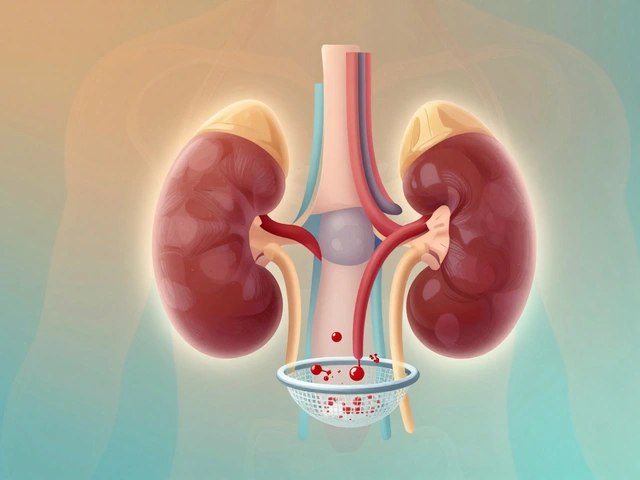Bullying: how to spot it and what to do right now
Bullying isn't just name-calling or a one-time shove. It can be repeated insults, exclusion, threats, online harassment, or pressure that wears a person down over time. If you or someone you care about is feeling ashamed, isolated, or scared because of another person's behavior, that's a red flag worth acting on.
Here are clear signs someone is being bullied: sudden mood changes, avoiding school or work, unexplained injuries, losing interest in hobbies, dropping grades, or unusual tech behavior like hiding screens. For kids, watch for changes in eating, sleep, or clinginess. For adults, pay attention to unexplained sick days, nervousness around certain people, or steady loss of confidence.
Short steps to take immediately
1) Stay safe first. If there's immediate danger, call local emergency services. For non-urgent but harmful situations, remove yourself or the victim from the setting if possible.
2) Document everything. Save messages, screenshots, photos, dates, times, and witness names. Records make reports stronger and help professionals act faster.
3) Don’t respond in anger. Answering a bully often fuels them. Instead, block or mute online accounts, ignore taunts when safe to do so, and use privacy settings to limit contact.
4) Tell a trusted adult or coworker. Speak with a teacher, manager, school counselor, HR representative, or family member. Formal reports are often needed to stop patterns of abuse.
Longer-term steps and support
Seek support from a counselor or doctor if the stress is affecting sleep, mood, or daily life. Small habits—regular sleep, walking for 20 minutes, and talking to a friend—help, but professional care matters when anxiety or depression starts to interfere with life.
At school, ask for a safety plan: changed seating, supervised transitions, or a point person to report incidents. At work, ask HR for an investigation and written steps to protect you. If the organization fails to act, collecting your documentation helps if you pursue outside complaints or legal options.
For online bullying, report the content to the platform and follow their safety guides. Many services remove harassing content quickly when it violates rules. If impostor accounts or doxxing (sharing personal info) occur, report to the platform and consider notifying local authorities.
If the person being bullied shows signs of self-harm or suicidal talk, take it seriously. Contact emergency services, a crisis line, or a mental health professional right away. You don’t have to handle it alone.
Want practical reading? Search our site for articles on anxiety, addiction, or coping with medical diagnoses—those pieces include real strategies that help people recover confidence and rebuild routines after bullying.
Dealing with bullying is hard, but clear steps—documenting incidents, getting help, and protecting your safety—make a big difference. Reach out; asking for help changes the outcome more often than people expect.



